Ice Dams in Kansas City Causes & Solutions
What is an Ice Dam?
According to the experts at the University of Minnesota, “An ice dam is a ridge of ice that forms at the edge of a roof and prevents melting snow from draining off the roof.”
What Problems Do Ice Dams Cause?
The melting snow has no where to go so it leaks into your home.
Yikes!
This means it can cause damage to walls, ceilings, insulation, etc. Not to mention damage to the outside of your home including your roof, and gutters.
Why Do Ice Dams Form?
An ice dam is caused by snow melting on the upper portion of your roof. As the melted snow flows down the roof it meets with still frozen ice and snow on a lower portion of the roof. This causes the melted snow to re-freeze. As the process continues, the frozen portion continues to grow in size and weight.
Why does this happen?
A Difference in Roof Temperature
For an ice dam to form, the upper portion of the roof where snow and ice are melting must be above freezing. While the lower portion of the roof remains below freezing.
Why would the upper portion of the roof be warmer?
What Warms Your Roof?
In short – heat escaping from your house through the attic.
Common Causes of Heat Loss:
- Not enough attic insulation
- Insufficient attic ventilation
- Air leakage from living space to the attic through exhaust systems, chimneys, and leaky ductwork.
Ice Dam Solutions for Kansas City
Immediate Action for Damage Causing Ice Dam
If you have an ice dam that is currently causing water to leak into your house, immediate action is necessary.
Do the following:
- According to This Old House expert Tom Silva “You’ll stop the leak in a matter of minutes,” if you take a box fan into the attic and aim it at the underside of the roof where water is actively leaking in. This targeted cold air will freeze the water in its tracks.
- With the leak abated, create channels in the ice dam that will allow water to flow through.
- If steps 1 and 2 aren’t enough, use a roof rake to gently remove snow from the roof – even removing just the first few feet can help.
Tips for Making a Channel in the Ice Dam:
There are a few options for doing so – ideally these are done with your feet planted firmly on the ground. If you can’t do these from the ground, consider hiring professionals to create a channel in your home’s ice dams.
2 Ways to Create a Channel:
- University of Minnesota suggests: On a warmer day (above 32ºF) use your garden hose and spray the bottom of the ice dam and work up.
- This Old House recommends filling several long tube socks or – even better – panty hose with Calcium chloride and setting them vertically along your roof. Ideally this would be done from the ground using a rake to position it. The calcium chloride will slowly melt the ice creating a channel for water to safely escape.
A special note about this option: Make sure you only use calcium chloride not rock salt or anything that has additional ingredients besides calcium chloride. These other salts can and will damage your shingles and foliage below.
If neither of these options work or are not possible from the ground, call professionals. Being on the roof or on a ladder in icy conditions is not safe. Trying to chip at the ice is dangerous and likely ineffective. Ice dam professionals have equipment that allows them to steam off the ice.
Preventing Ice Dams
1. Identifying & Seal Air Leaks
Ice dams are created by warm air escape from your living space to the attic. Your first step to preventing ice dams is identifying air leaks. Likely, you will want to hire an energy professional to evaluate and address these issues. When you hire an energy professional contractor they should:
- Conduct a blower door test: this will evaluate how airtight your ceiling is.
- Use an infrared camera to find places in the ceiling where there is excessive heat loss.
Once the leaks are identified, you can move forward with sealing the areas that are leaking. Most often the leak is coming via: exhaust systems, chimneys or other ducts.
2) Natural Roof Ventilation
Ventilation allows for heat transfer and uniform roof temperatures.
To do this: Ensure your home has proper venting running along the length of the home.
There are two types of vents you will need:
-
- Soffit vents: The soffit is the underside part of the roof’s eaves.
- Ridge vent: These are installed along the ridge of the roof.
Both types of vents work together to create a vacuum that pulls cold air up through the soffit and through the roofs ridge vents. The result: removal of the stagnant heat that builds up at the roof’s ridge and the culprit behind ice dams.
A note of caution: Do not add mechanical attic ventilation which can cause damaging moisture problems and negative pressure in the home.
3) Increase the Ceiling or Roof Insulation
This will help prevent warm air escape from your living space to the attic. As you do so, be careful when adding blown in insulation not to cover the soffit vents with insulation blocking the free flow of air.
Repairing Damage from Ice Dams
Of course you are eager to repair any damage done to your home from ice dams. This is wise, however, be sure to wait until the damaged area is completely dry.
If your home has suffered damage from ice dams, this is clearly a serious problem. Be sure to hire a professional to address your heat loss issues as quickly as possible so the damage doesn’t occur again.
Do Gutters Cause Ice Dams?
We’ve just discussed the most frequent cause of ice dams – which is heat escape through the attic.
However, clogged, poorly sloped gutters can cause ice dams.
This is because the retained water in the gutters will freeze over and block the function of the guttering system. A blocked guttering system can and will cause water run off or an ice dam.
We highly recommend having your gutters clean before winter weather begins. If you notice your gutters tend to retain water, likely they are improperly sloped.
If you are having chronic issues with your gutters, we highly recommend consulting with guttering professionals who can evaluate your gutters to determine what your home needs to keep water where it belongs.
Would Heat Cables Prevent Ice Dams in Kansas City?
Heat cables can be helpful with ice dams, but they are not the ultimate solution.
Heat cables will help create channels that will allow water to find a path to drain. However, they will not prevent ice dams from forming.
Sometimes people run heat cables through gutters to keep them from freezing over. However, if your gutters are kept clean and sloped properly they will work properly. For more information look for our next article: Heat Cables: Should I Put Them On My Home?
Guttering Professionals in Kansas City
Gutter Cover Kansas City® is a local guttering company that prides themselves in performing a through evaluation for each unique home. They can help you identify problem areas and provide genuine solutions.
One of their highly effective solutions is Advantage Gutter Guard®. It guarantees your gutters will never clog. Before installing this gutter protection, the professionals will correct any issues with your existing guttering system.
Contact Gutter Cover KC® for a free evaluation of the needs of your home.
Ice Dam Review
We found this video from a Canadian news channel (and of course Canadians know a lot more about Ice Dams than us midwesterners – their snowy season begins in October and doesn’t end until April!). It gives a nice review of the cause of ice dams and some of the solutions. Enjoy!
Related Article: Are Your Gutters Ready for Winter?





